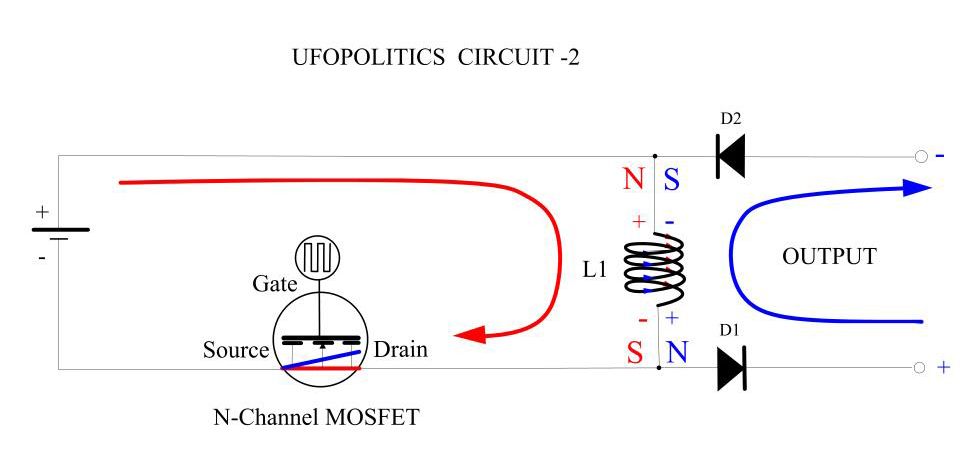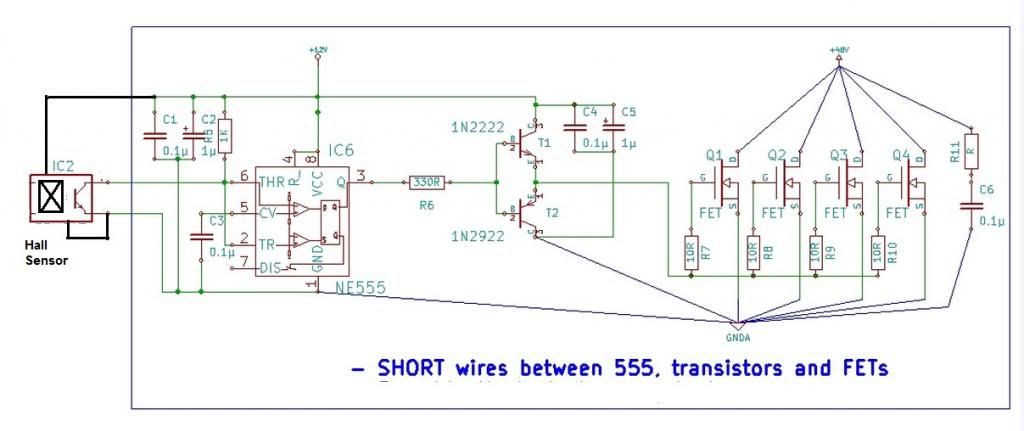There are many missing links here, usually your facebook links, UFO, but also some posts where you say "here is a clearer schematic" but there is no picture in the post.
I see a secondary coil being mentioned a lot but, so far, no pictures.
I am only on page 22, will i discover all these things as i read on or has anyone put all this information into a single document yet ?
Thanks,
I see a secondary coil being mentioned a lot but, so far, no pictures.
I am only on page 22, will i discover all these things as i read on or has anyone put all this information into a single document yet ?
Thanks,

 . Don't know on how you are going to explain this to your wife!
. Don't know on how you are going to explain this to your wife! (DRAFT)
(DRAFT)



 [/IMG]
[/IMG]


Comment